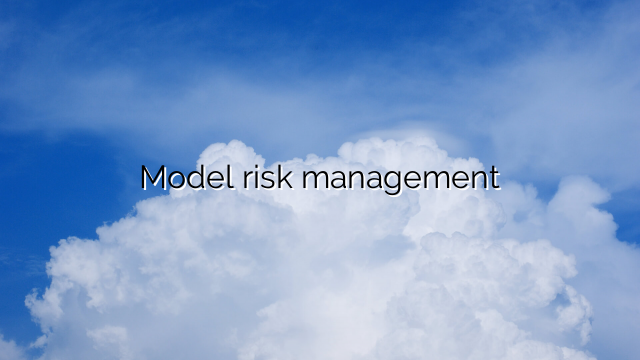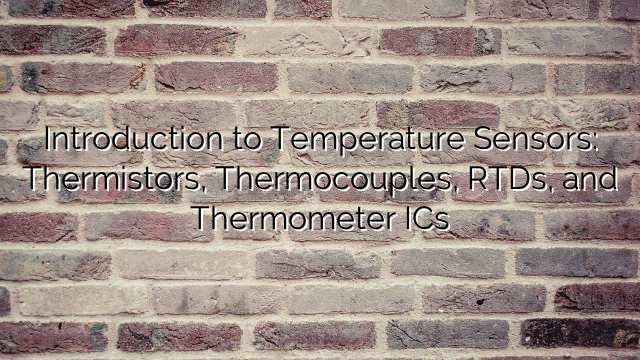What is Volcanic Ash?
Volcanic ash consists of powder-size to sand-size particles of igneous rock material that have been blown into the air by an erupting volcano. The term is used for the material while it is in the air, after it falls to the ground, and sometimes after it has been lithified into rock. The terms “volcanic dust” and “volcanic ash” are both used for the same material; however, “volcanic dust” is more appropriately used for powder-size material.
Properties of Volcanic Ash
At first glance, volcanic ash looks like a soft, harmless powder. Instead, volcanic ash is a rock material with a hardness of about 5+ on the. It is composed of irregularly-shaped particles with sharp, jagged edges (see microscopic view). Combine the high hardness with the irregular particle shape, and volcanic ash can be an abrasive material. This gives these tiny particles the ability to damage aircraft windows, be an eye irritant, cause unusual wear on moving parts of equipment that they come in contact with, and cause many other problems discussed below in the “Impact of Volcanic Ash” section.
Volcanic ash particles are very small in size and have a vesicular structure with numerous cavities. This gives them a relatively low density for a rock material. This low density, combined with the very small particle size, allows volcanic ash to be carried high into the atmosphere by an eruption and carried long distances by the wind. Volcanic ash can cause problems a long distance from the erupting volcano.
Volcanic ash particles are insoluble in water. When they become wet, they form a slurry or a mud that can make highways and runways slick. Wet volcanic ash can dry into a solid, concrete-like mass. This enables it to plug storm sewers and stick in the fur of animals that are in the open when ash falls at the same time as rain.
For more details: Small Business Video Examples

























No Comments